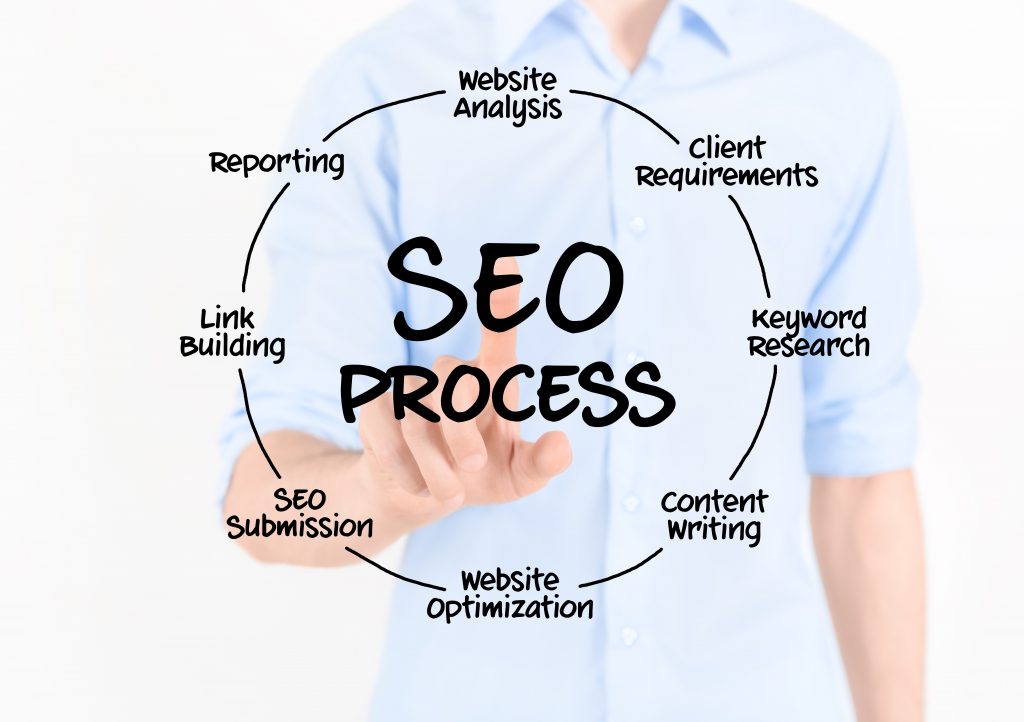When it comes to API, or application programming interface, you are already a user even if you may not know it. XML API allows you to connect your software to a third party, which may be a database, to provide a better online experience for your customers as well as your ability to manage your website.
The XML Component
The XML in XML API refers to an extensible markup language, and it basically sets out rules for providing information that can be read by machines as well as humans. At a basic level, XML is data, but in a way that can be shared across the internet and in ways that machines can understand, but that is also in a language and a format the can be utilized by humans as well.
In many ways, XML is the next generation of HTML. This is familiar to most people, and it is the way that the machine uses to provide us with information online that is in a format that is readable and we can understand. It also creates boundaries or rules about how data can be used or interacted with, which is another important consideration.
The Basics
In essence, an XML API is a connection between two very different systems. It is what allows the software that is running on your computer, or that you access through the cloud, to connect with a database and share information. Without an API it is as if both components are talking in different languages, unable to use or even understand what is being transmitted.
This allows very diverse types of data, such as shipping company software that allows your website to display shipping prices based on the size and weight of the item to be shipped and the location from you to the customer. Without an XML API the shipping company software would not understand the package information sent, and your website would have no way to understand the options for shipping and the price being sent back by the shipping company.
Any time your website communicates with another website to determine quantities, pricing, taxes, accounting, invoicing or any number of functions an XML API is at the heart of that communication. This also goes for almost all functions of apps where the app is relying on outside information to generate the information required by the end-user.








